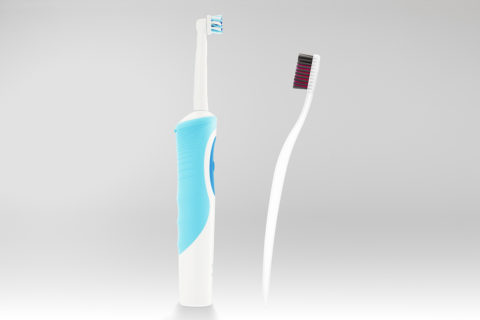Benefits of Dental Sealants
Your children’s molars are susceptible to a particular type of decay known as pit and fissure decay, and according to the Center for Disease Control and Prevention, 9 out of 10 cavities in children ages 6-11 are molar or pre-molar cavities. What can you do about this? Today we’re taking a look at dental sealants. Did you know that dental sealants can prevent up to 80% of cavities in the back teeth? You may already be familiar with sealants, but if not, we’ll start by taking a quick look at what they are, how they are applied, and the benefits they can provide.
What are sealants?
Molars have rough surfaces full of crevices and jagged edges that help hold and grind food. Food particles that get stuck in the crevices or “fissures” of a molar can cause tooth decay. Even adult brushing habits often fail to remove all the food fragments from the molars, but between snacks and their penchant for sweets and less developed toothbrushing skills, kids are particularly at risk for pit and fissure decay.
Dental sealants are plastic coatings applied to the top of molars that settle into the fissures and seal the tooth’s chewing surfaces, protecting them food particles and bacteria. Sealants have proven to successfully reduce molar cavities in kids. In fact, in some cases, they can even be applied on top of very small cavities, preventing the cavities from developing further. Most sealants are clear, which allows your dentist to continue monitoring what is happening to the tooth underneath the sealant.
How are sealants applied?
Applying sealants is actually remarkably simple (and it’s much less expensive than filling cavities or having to have other serious corrective work done). It can be done at a normal cleaning appointment, and it’s a low-key process that most kids hardly notice. First, the teeth are cleaned. Next, the tooth surfaces that are going to be sealed are dried, painted with a solution that roughens them up a little bit to aid sealant bonding, and dried again. The sealant is then applied to the teeth and dried using a light that causes it to harden into place. Once the sealant hardens, your kid is good to go.
A Couple FAQs
Q: When should I have my kid’s teeth sealed?
A: While the answer could vary from child to child, it never hurts to apply sealants as soon as the permanent molars start coming in.
Q: Who applies dental sealants?
A: Your child’s dentist or hygienist or dental assistant who may also be qualified/trained to do so.
Q: How long do sealants last?
A: Several years! Your dentist monitors them during routine checkups, but usually, sealants can protect your child’s teeth for several years before needing to be reapplied.


